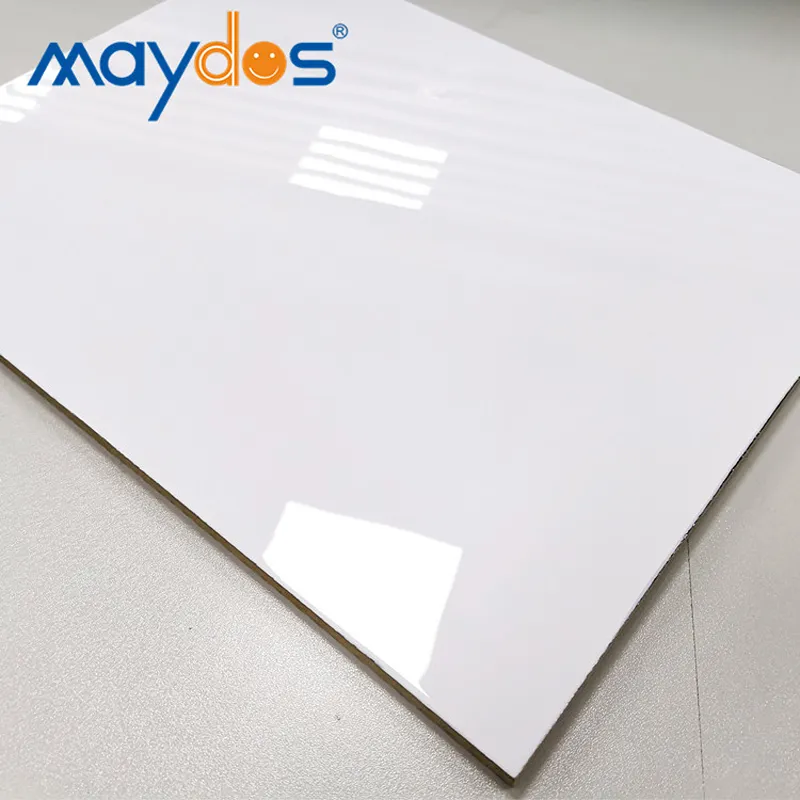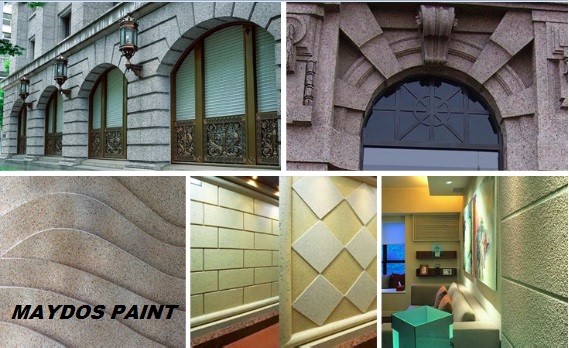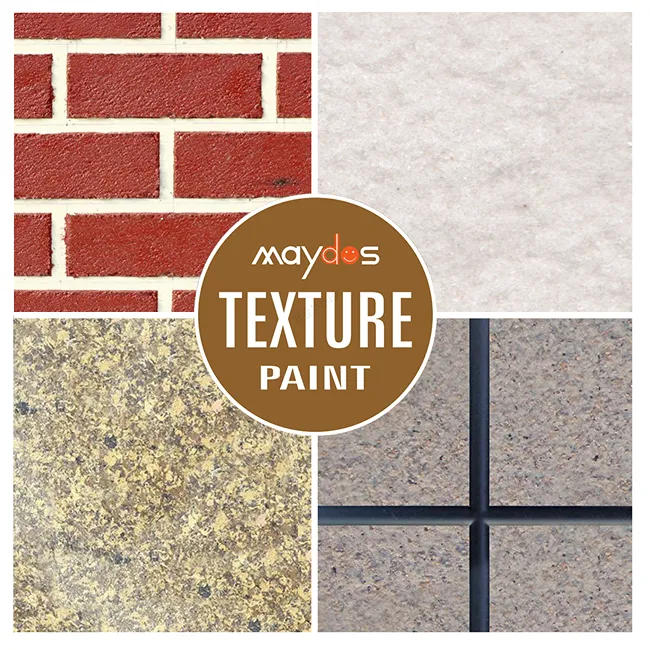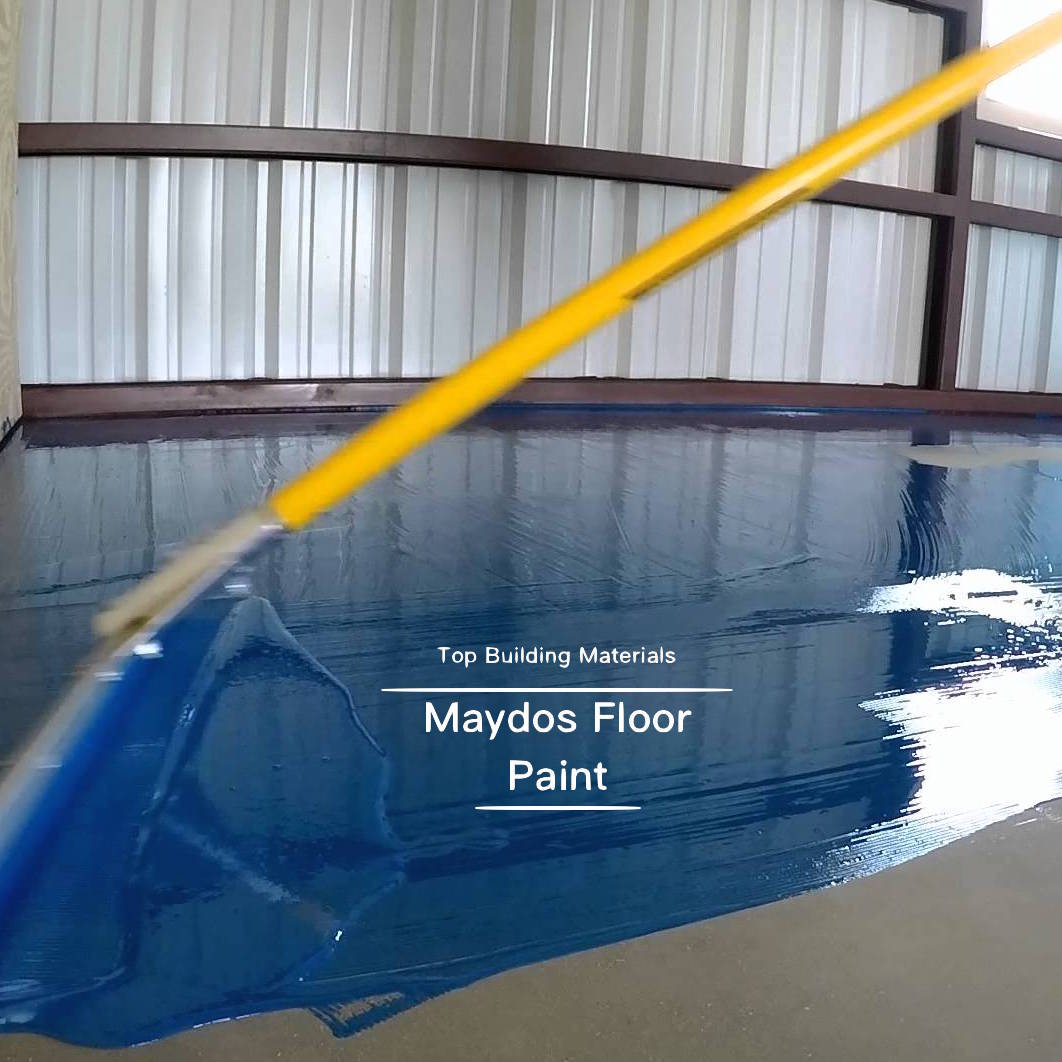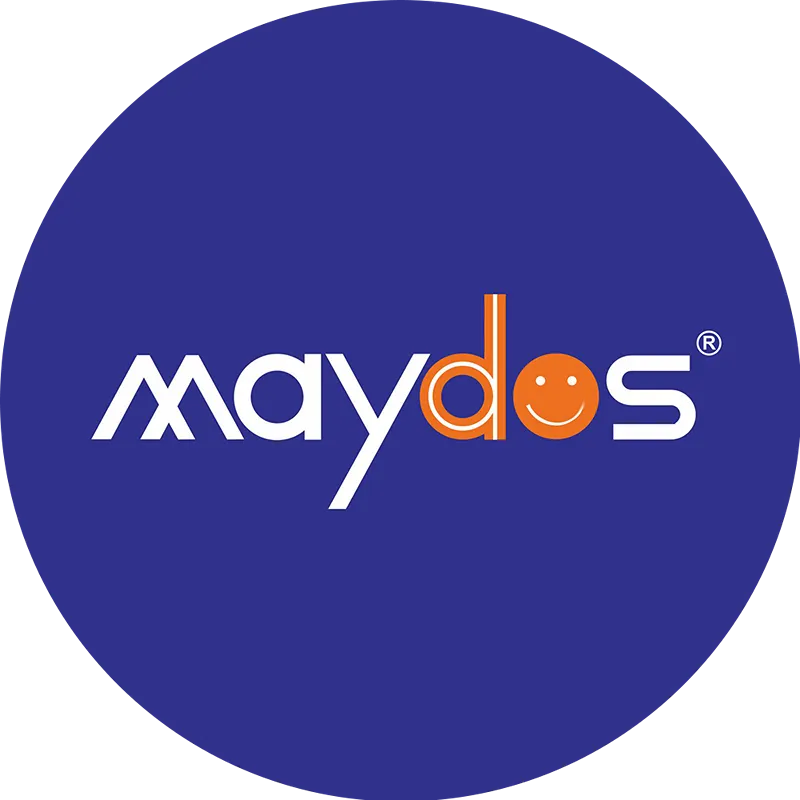Maydos Glue Adhesive
A glue adhesive is a liquid substance that holds two items together. Glues may be used for many purposes, from labeling files to sealing envelopes. They can also be used to bond metals or wood.
Choosing the right glue depends on the material you are trying to bond. There are a variety of flexible glue adhesives available that offer different curing speeds and properties for multiple materials.
Chloroprene Rubber Glue
Chloroprene rubber glue is a versatile product that can be used to bond a wide range of materials. It offers high immediate handling strength and is able to handle extreme temperatures. It is ideal for a variety of applications, including bonding neoprene to various substrates and attaching rubber gaskets. It can also be used to repair worn rubber surfaces. When using chloroprene rubber adhesive, it is important to follow the manufacturer’s instructions carefully. This will help ensure that the adhesive is applied properly and that it dries completely.
Different types of rubber require different types of adhesives, and each project has its own specific requirements. For instance, some types of rubber contain plasticizers that can work their way to the surface over time and cause debonding. To avoid this, users should choose a specialist glue for rubber that has been specifically formulated to deal with these substances. There are many types of glues available for rubber bonding projects, including one-part adhesives that don’t require mixing for activation and structural adhesives.
To make the glue, a chloroprene rubber modified with an aminosilane is combined with a petroleum resin and an organic solvent. The organic solvent can include aromatic hydrocarbons such as toluene and xylene, ketones such as acetone, or esters such as methyl ethyl ketone.
The tackifier resin is an alkyl phenolic resin or terpene-modified phenol resin, and it helps to improve the adhesion between the tackifier resin and the chloroprene rubber. To improve the heat resistance of the adhesive composition, it is further combined with a silane compound. The silane compound is a silanating agent, and it contains an alkoxysilyl group.
Finally, a catalyst is added to the mixture to promote the hydrolysis of the silane compound. This allows the adhesive to harden faster. The final result is a high-quality, durable adhesive that has excellent adhesion to most substrates. It is suitable for use on a variety of surfaces, including metal, wood, glass, and rubber. It is safe to use, but it should be stored in a ventilated area and kept away from fire and moisture. If it comes into contact with the skin or eyes, the user should rinse immediately with soap and water. If it is ingested, the user should seek medical attention immediately.
UV Glue
Unlike other glues that require time for curing, UV adhesives cure immediately when exposed to ultraviolet (UV) light. They are a type of polymer that uses photon energy to trigger cross-linking, creating a stronger bond at the molecular level. UV glues are commonly used in POS/POP, automotive, electronics, medical, telecommunication, and furniture industry. They are also known as instant super glues.
Choosing the right UV glue for your project is important, as it can help you create a strong bond that lasts. Some products may not be able to bond certain materials, so it is important to read the label and check for specific details before purchasing. It is also important to look for a non-toxic product that is free of toxins such as ethanol, toluene, and xylene.
UV-curable adhesives are typically comprised of liquid polymer resins that are mixed with a photochemical promoter. When struck by UV light, the promoter degrades into free radicals that speed up the reaction in the polymer resins. These reactions form a strong bond that can be applied to almost any surface.
There are a variety of different types of UV glues, and they differ in their performance and curing mechanism. Choose a UV glue that dries clear for a smooth, seamless finish and can be sanded or filed after application. Also, look for a glue that resists high temperatures to ensure that the bond is still strong even when exposed to heat.
You should also be careful when using this kind of glue, as it can cause damage to your eyes. The best way to avoid this is to wear proper PPE, such as gloves, lab coats, face mask, and safety goggles. This will protect you from harmful UV radiation, which can cause skin cancer and other health problems. Additionally, you should avoid working with UV-cured adhesives in direct sunlight or around fluorescent lights. Moreover, if you are using a UV LED lamp to cure your glue, make sure that it has a specialized UV-through lens. This will prevent the glue from curing in areas that are not directly exposed to the UV beam.
Gorilla Fabri-Fix Fabric Glue
Fabric glue is a great alternative to sewing, and it can help you finish your projects more quickly. It can also be used to bond different types of fabrics together, which is especially useful for costume touch-ups. However, it is important to choose the right type of fabric glue for your project. The wrong choice may result in a weak bond or even damage the fabric.
Gorilla Contact Adhesive Clear works well with many types of fabrics and materials, including denim, canvas, ribbon, lace, buttons, sequins, and more. This adhesive is formulated to be flexible once it dries, which means that it won’t crack or tear when you move around. It’s also non-toxic and doesn’t have any offensive odors, which makes it easy to apply in a well-ventilated area.
This fabric glue has a unique cap and nozzle design that allows you to control the amount of adhesive that is applied. Its staggered shape allows you to adjust the application thickness based on your needs, which is perfect for a variety of fabric applications. This glue is also water-resistant, which is a great feature for bonding fabric that you plan to put in the washing machine.
Like most glues, Gorilla Fabri-Fix Fabric Glue is sensitive to natural fabrics, such as cotton and wool. If you use this product on these types of fabrics, it will create a lot of foam and expansion. It’s also not recommended to use this product on synthetic fabrics because it can cause discoloration or damage the fabric.
The best way to ensure that the glue dries properly is to prepare your material before applying it. Make sure the fabric is clean and free of any dirt or oil. Then, apply the glue sparingly. You should also wait a minute or two for the glue to partially dry before pressing it onto your material. Finally, make sure to press the material firmly and allow it to dry for at least 24 hours before using it again.
If you’re not comfortable with sewing or aren’t able to do it on short notice, fabric glue is the ideal solution for you. However, it’s essential to choose the right type of glue for your needs, and to follow the manufacturer’s instructions carefully.
Paper Glue
Paper crafts are a great way to relax and get creative. But if you don’t use the right glue, it can ruin your project. The wrong glue can cause your paper to warp or create a messy, sticky mess. To avoid this, it’s best to do some research on the types of glue that work well with different kinds of paper and card. You can find a lot of information online to help you choose the right glue for your paper craft.
Whether you’re a beginner or an expert, there are many different paper glues on the market to meet your needs. Some are designed to be permanent, while others allow you to reposition your papers or photos. Some are even available in a wide range of colors. The type of glue you use will depend on the kind of project you’re working on, such as decoupage or paper mache.
The most popular paper glues are PVA (polyvinyl acetate) and hot melt. PVA is a thick white glue that dries clear and is ideal for projects that require a strong hold. It’s also safe for kids to use under supervision. Hot melt glues are similar to school glues, but they dry faster. They’re also safer for kids because they don’t contain toxic chemicals.
You can also use a dual-applicator liquid glue for paper and card. These glues have a wide tip for larger pieces of paper and a pen tip for smaller scraps or cutouts. The wide tip allows you to cover large areas quickly and easily. The pen tip is perfect for putting small drops of glue where you need it.
There are also specialty glues for specific applications. For example, there is a photo glue that holds paper to a surface without warping. This makes it a good choice for creating a photo album or gift wrap. There’s also a decorative glue that has a shimmer or puffy finish. It can be used on top of other decorations, such as glitter, to add a fun element to your paper or card.








